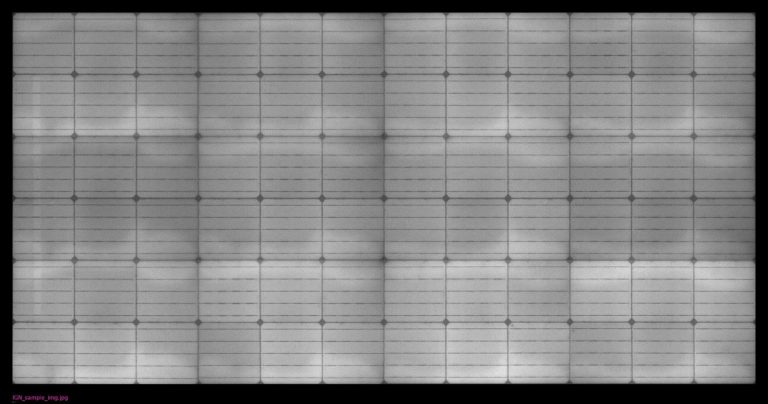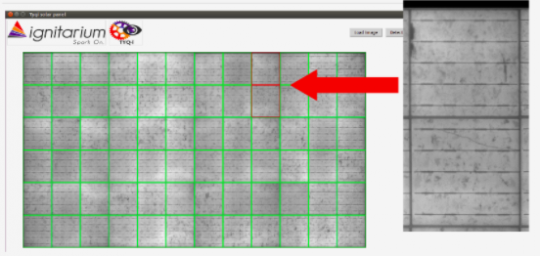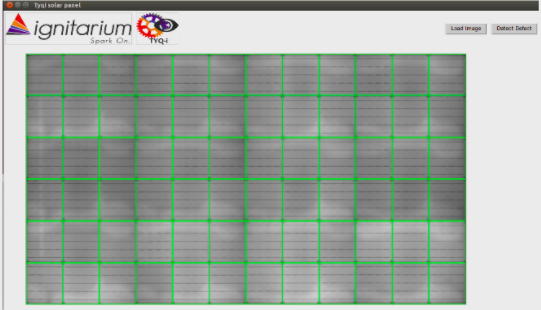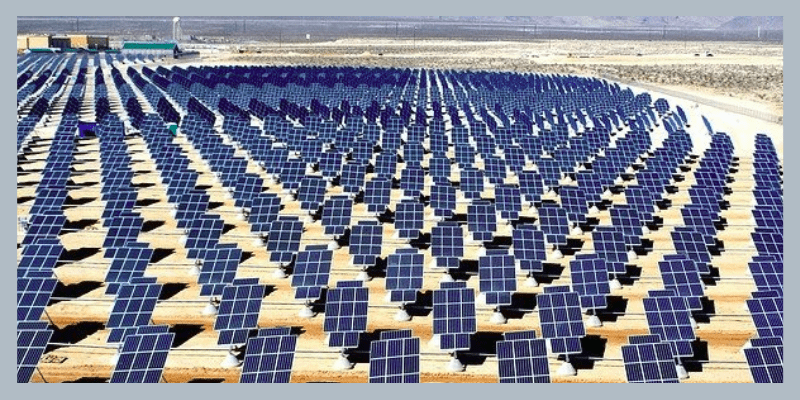- Mohit Bangale
- March 30, 2021
Solar panel defect detection using Vision Intelligence Systems
Image by David Mark from Pixabay
Lean, green and renewable energy are some of the buzzwords of the last decade. Beyond the buzz, there’s the real grassroots level transformation that their adoption is bringing across our beautiful blue planet, critical to the survival of mankind as we know it.
With governments and communities embracing renewable energy, solar energy is getting the push that it rightly deserves. This has accelerated the growth of this sector, with global solar panel demand set to grow at 15%*.
As solar panel production increases worldwide, panel manufacturers grapple with the huge challenge of bringing millions of solar panels into the market that are defect-free. Despite the huge demand, the production technology for solar panels is still expensive, requiring a large one-time capital investment during installation. Hence, it is important that these panels are defect-free to extend their life and to cut down high replacement costs.
An automated and reliable method of detecting defects in solar panels can address this challenge while significantly improving power generation efficiency.
While traditional approaches of manual inspection are being used even today, automated AI-driven computer vision-based systems have started making a huge difference. We will look at this approach in some detail in this blog.
Types of defects
First, we’ll look at the different types of defects that need to be detected in solar panels:
Microcracks
Solar panels are made of solar cells. A solar cell is made of a really thin wafer of silicon. Silicon is crystalline in nature and very thin wafers can be brittle Thus, it results in microcracks. Microcracks directly impact energy generation.
Glass cracks
Solar cells form a solar panel and the solar panel has a protective glass covering. This glass is typically weatherproof. But cracking of glass post-installation may result in a direct weather impact on solar cells.
Cross cracks
Cross cracks appear as tree-like structures on the cell. Electroluminescent imagery is used to see this defect. This type of defect also impacts energy generation.
Hotspots
Solar cells are soldered together to form a solar panel. If soldering joints are poorly soldered or there is some kind of manufacturing imperfection, then this situation results in higher resistance for the current flow. Eventually the region becomes a hot spot. Typically this defect is detected with thermal imagery of solar panels in use.

Image from sfe-solar.com
How are these defects detected currently?
Solar panel manufacturers across the globe use different techniques. Panels are inspected by a well trained person from the QA department. Panels are placed in predefined positions and electroluminescent (EL) images are captured. Then these images are analysed by a human eye to find any defects.

Photo by Gustavo Fring from Pexels Copy
Our approach: TYQ-i vision intelligence platform
Our approach to detect the defects is to apply our domain expertise in image processing, computer vision and deep neural networks. EL images of solar panels were captured at 4K resolution. . Each solar panel has 72 cells in it. A perfectly aligned EL image of a good solar panel looks like this:

We decided to highlight the cell with defects and to report it’s index. For this, we used 3D transformations to align the images to the imager’s parallel plane. This step avoids the strict necessity of a controlled & calibrated image acquisition system.
Then comes the image processing to get rid of the noise. After that, we crop the individual cells from the solar panel. An image of an individual cell is provided to our custom deep neural network. DNN outputs the type of defect.

This is the cross crack defect.

This is a micro crack type of defect in 2 adjacent cells.
And this is a perfectly good solar panel:

AI-driven computer-vision-based defect detection of solar panels improves the speed and accuracy of the detection. Chances of human error are reduced. Early defect detection before installation avoids future expenses because solar panels are seen as a long-term financial investment.
TYQ-i, our Deep Learning-based anomaly detection platform can be deployed in industrial applications as well as Infrastructure (Wind-turbine / Rail Track/ Transmission Tower maintenance, etc.) analytics. Visit our TYQ-i page for more information and demo videos.

































Comments are closed.